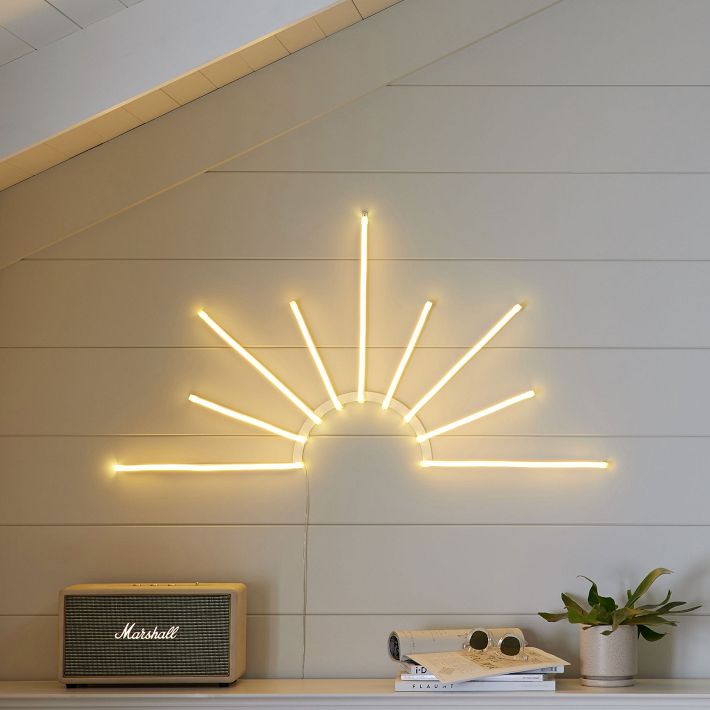Exploring the Diverse Integration Solutions Available for Light Emitting Diode Wall Panels
Exploring the Diverse Integration Solutions Available for Light Emitting Diode Wall Panels
Blog Article
Light Emitting Diode display panels have secured traction for their ability to deliver high-quality visuals in multiple settings, from professional environments to entertainment venues. One of the primary aspects of these systems is their connectivity capabilities, which allow users to connect them to multiple devices and systems. Understanding the diverse connectivity options supported for LED wall panels is essential for maximizing their use and effectiveness. This discussion details these features, showcasing how they can cater to specific needs and preferences.
One frequent connection approach for Light Emitting Diode wall panels is HDMI. High-Definition Multimedia Interface is widely known for delivering high-quality video and audio signals between components. This connection type is especially beneficial in commercial environments, such as meeting spaces or classrooms, where visual content or video content are often displayed. By using digital connectors, users can easily connect laptops, projectors, and streaming devices to LED wall panels, guaranteeing a clear and vibrant presentation of media.
Another commonly used connectivity method is Display Port, which is similar to HDMI but offers enhanced advantages. DisplayPort can support elevated refresh rates and display outputs, making it an ideal choice for gaming or design-heavy applications. For those deploying LED wall panels in environments where output quality is essential, such as esports arenas or design studios, Display Port can provide the required visual quality. Moreover, many contemporary computers and graphics cards feature DisplayPort connections, making it a practical solution for tech-savvy users.
In contrast to High-Definition Multimedia Interface and about this DisplayPort, cordless transmission options are becoming increasingly common in Light Emitting Diode wall panel solutions. Wireless connections allow operators to share content without the need for physical cables, enabling a streamlined and more adaptable setup. Technologies such as wireless internet and short-range communication allow users to connect smartphones, tablets, and laptops directly to Luminescent Diode wall panels without tangled wires. This convenience is especially beneficial in fast-paced settings like exhibitions or events, where quick changes to displays are often required.
For larger deployments or more intricate configurations, network connectivity through Ethernet is another viable solution. Wired links provide a consistent and reliable way to connect Get More Info multiple LED wall panels within a system. This approach is ideal for electronic display use cases found in retail centers or airports, where numerous panels may need to display synchronized content across a wide area. By using Ethernet cables and routing hardware, operators can guarantee that all linked panels receive consistent updates and information seamlessly.
Finally, it's crucial to evaluate the future of connectivity with technologies such as USB-C and Thunderbolt 3. These newer connection types offer enhanced data transfer rates and flexibility by allowing one connector to handle both energy transfer and data exchange. As more systems incorporate these protocols, Light Emitting Diode wall panels equipped with USB-C ports will likely become more common. This evolution in connectivity not only enhances the capabilities of Luminescent Diode wall panels but also coincides with the emerging trend of minimalistic design in hardware arrangements by reducing the number of cables needed.
In conclusion, exploring the broad interface methods accessible for Light Emitting Diode wall panels uncovers many opportunities for operators across various fields. From conventional methods like HDMI and DisplayPort to modern cordless technologies and network connections, each pathway serves unique purposes tailored to specific needs. Additionally, emerging technologies like USB-C promise further advancements in how users interact with LED wall panels. By understanding these connectivity alternatives, individuals can make informed decisions that enhance their overall experience with these versatile display tools.